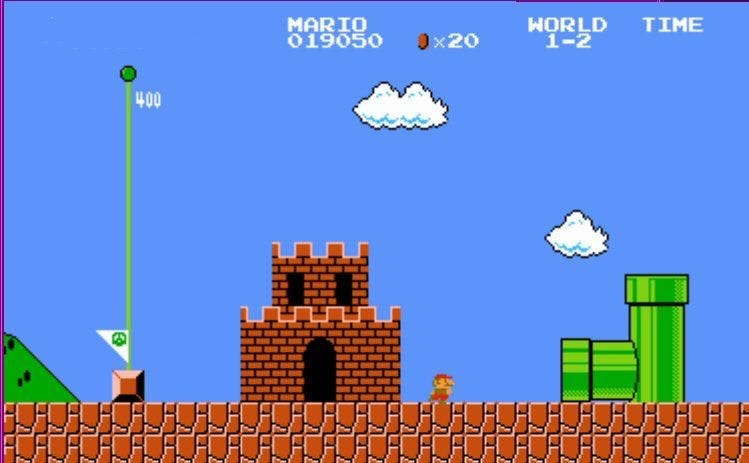Fab Fridays 33: Gamify The Learning Process
What is it about video games that motivates kids to try again and again even when they fail?
Hey everyone!
Happy Friday. This is the last time I’ll be writing from Panama for a while! We are moving to Miami next week. Although bittersweet, we’re excited to move back to the US after five years down here.
Last week, one of my tweets went viral:
What is it about video games that motivates kids to try again and again even when they fail?
Mark Rober, former NASA and Apple engineer and current Science YouTuber, ran an experiment to try to answer this question.
He had 50,000 participants attempt to solve a computer programming puzzle. He assigned two different versions of the challenge:
In one version, if participants weren’t successful, they got a message that said: “That didn’t work. Please try again.” They did not lose points for failing.
In the other version, if participants weren’t successful, they got a message that said: “That didn’t work. You lost 5 points. You now have 195 points. Please try again.”
For those who lost points for failed attempts, their success rate in completing the puzzle was around 52%.
For those who did not lose points for failed attempts, their success rate was 68%. Participants in this group had nearly 2.5 times more attempts to solve the puzzle. On average, they learned more from trial and error and got better results.
My takeaway from Rober’s experiment is that when mistakes are not penalized, people are more likely to keep trying. And if they keep trying, they have more chances of eventually succeeding.
This sounds straightforward, yet in school we don’t operate this way. Kids in school are taught that if they try and fail, they will get penalized with a bad grade that will go on their permanent record.
What if we reframed the learning process in such a way that kids did not concern themselves with failure? How much more could they learn? How much more successful could they be?
Mark Rober calls this The Super Mario Effect: focusing on the princess (the end goal) and not the pits (mistakes and failures), to stick with a task and to learn more.
In Super Mario video games, what matters is getting to the finish line and beating the game, regardless of how many tries it takes. Mistakes are seen as part of the learning process. Kids know that every time they fail, they gain insight into what they need to do next. Through trial and error, kids get really good and learn a ton in a very short amount of time.
When we frame learning challenges using the Super Mario Effect, kids actually want to engage. It feels natural to ignore the failures and want to get up and try again.
I am a fan of gamifying the learning process: Instead of making grades the focus, let’s push kids to focus on the cool end goal, regardless of how many tries it takes them to get there.
Gamification will be key to transform childhood education. We need to get kids excited and curious about their own end goals, focusing less on short-term marks or grades. We need to normalize making mistakes and learning from them. Most of the people, products, and ideas we admire today failed painfully on their way to success.
Looking to learn more about education projects out there that gamify learning. Drop a note if you know any!
Until next week,
Ana Lorena Fabrega




